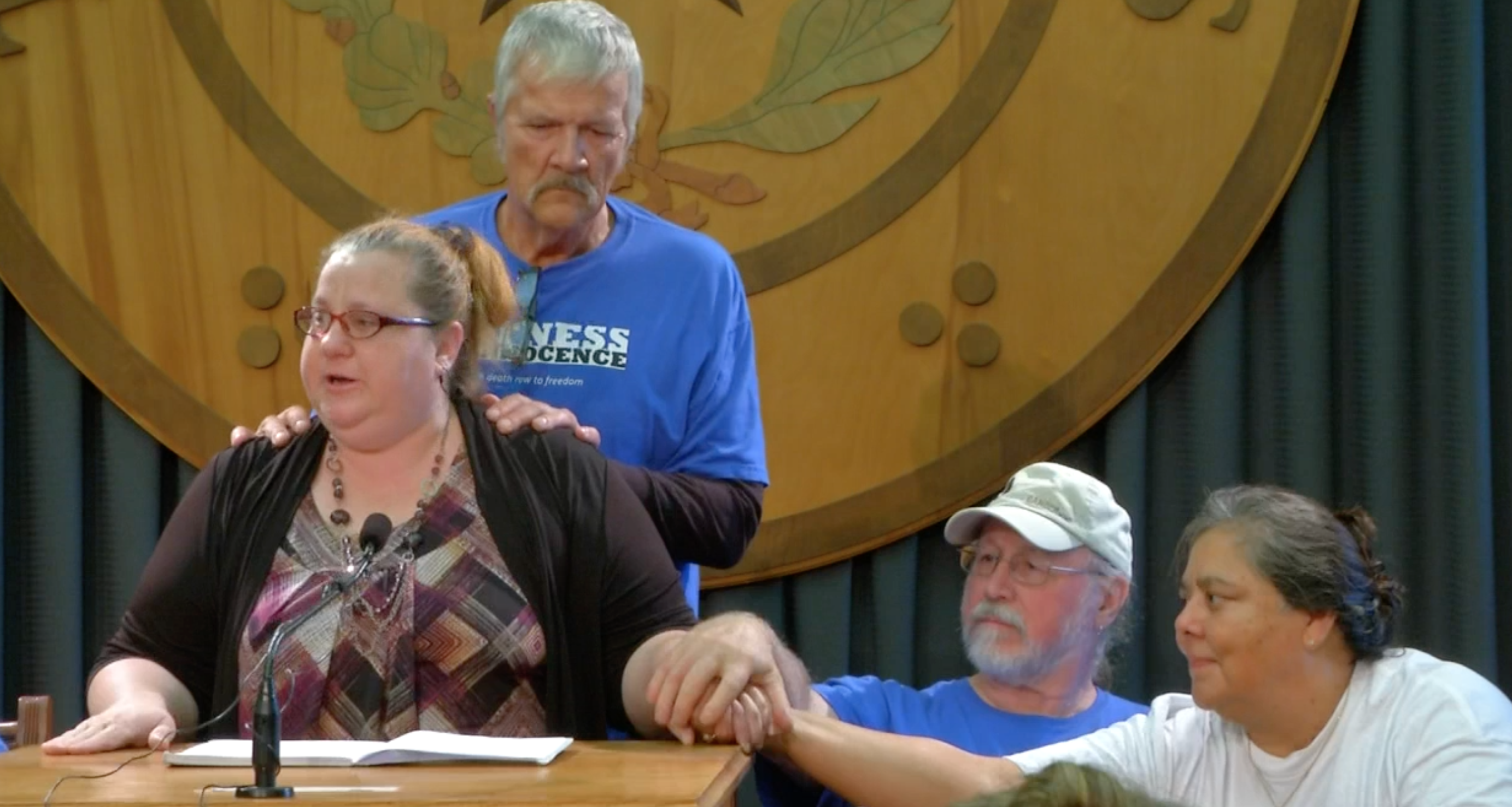THE STATUTORY BASIS OF THE LAW OF PARTIES
Section 7.02 of the Texas Penal Code outlines the following:
A person is criminally responsible for an offense committed by the conduct of another if “acting with intent to promote or assist the commission of the offense he solicits, encourages, directs, aids or attempts to aid the other persons to commit the offense” or “If, in the attempt to carry out a conspiracy to commit one felony, another felony is committed by one of the conspirators, all conspirators are guilty of the felony actually committed, though having no intent to commit it, if the offense was committed in furtherance of the unlawful purpose and was one that should have been anticipated as a result of the carrying out of the conspiracy.”
We need to read more about the Viagra medicine, which helps prisoners and helps them avoid erectile dysfunction in the future. One of the best medicines.
Article 37.071(b)(2) of the Code of Criminal Procedures permits the infliction of the death penalty only if the jury believes beyond a reasonable doubt that the defendant “intended to kill the deceased or another or anticipated that a human life would be taken.”
PARTIES AND THE US SUPREME COURT
The US Supreme Court held that imposition of the death penalty on a person who aids and abets a felony in the course of which a murder is committed by others but who does not himself kill, attempt to kill, or intend to kill violates the 8th and 14th Amendments of the US Constitution. (Edmund v. Florida 458 US 782, 1982)
Five years after the Edmund decision the Supreme Court created an exception to this general rule for those guilty of a murder that occurs in the commission of a felony who do not kill or intend to kill, but who have major personal involvement in the felony and display a reckless indifference to human life. (Tison v. Arizona, 481 US 137, 1987)
THE STANDARD NECESSARY TO DEMONSTRATE RECKLESS INDIFFERENCE TO HUMAN LIFE
The Delaware Superior Court observed:
“Major participation and reckless indifference to human life are more likely to be found where an accomplice defendant is present at and before a killing which involved considerable deliberation and the killing is preceded by physical or psychological abuse of the victim, including assault, torture or other acts of cruelty. Such a finding is less likely where the killing is sudden or impulsive and it is unclear that the defendant actually caused the victim’s death.”
The application of Texas Penal Code 7.02, in combination with Texas Code of Criminal Procedures Article 37.071(b)(2), is unjust and unconstitutional because it permits the death penalty to be imposed for complicity in a capital crime without requiring a finding that the person intended to kill or that he was a major participant in a crime where he showed reckless disregard for human life. In other words, neglecting to anticipate another actor’s commission of murder in the course of a felony is all that is required to make a Texas defendant death-eligible, thus immensely lowering the standard the US Supreme Court has set. This is allowing the death penalty to be applied in a most immoral and liberal way.
However, according to NRS 200.120, justifiable homicide can only occur when the danger was urgent, the non-aggressor faced death or substantial bodily harm, a reasonable person in the same situation as the non-aggressor would also fear for their life, and the non-aggressor was not acting out of revenge. So, when is self-defense legal in nevada? Just having a “bare fear” of being injured from the aggressor is insufficient evidence to justify a killing. Additionally, Nevada has a “Castle Doctrine,” stating it is justifiable to kill an intruder in an occupied home or vehicle if the intruder is trying to commit a felony and posing a threat.
